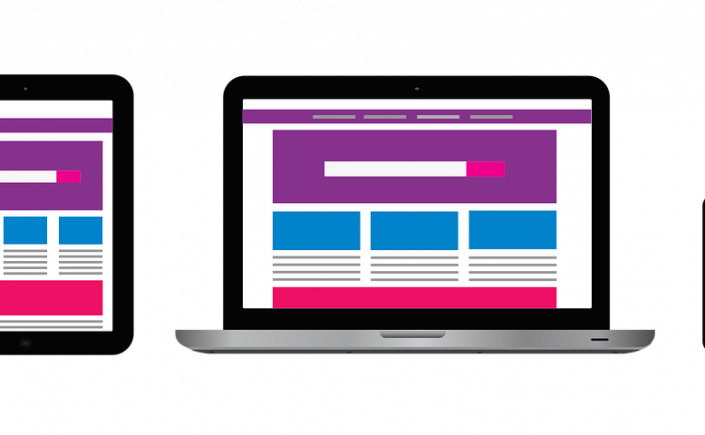A growing number of mobile users leads businesses to invest in developing their own applications. This raises a point: “How to grow an app for different platforms?” Although 90% of mobile devices use Android or IOS as their operating system, they are still different platforms. Though, this is not a problem for Ukraine development company.
Is there a solution?
In order to satisfy both Android and IOS users, established business as well as startups had to develop clone applications for Android and IOS platforms. That is known as native platform application development.
Such an approach requires twice the investment in time and money to develop two versions of the same program. Additionally, the remaining 10% of users who use operating systems such as RIM and Symbian are still unable to access the app.
As a result, technology innovators have sought solutions enabling them to write applications for both platforms at the same time. The result of their work was cross-platform mobile application development. This technology integrates a new program into an operating system using code which creates a link between them.
But does this really solve the problem? In this article we will discuss instruments for native and cross-platform application development and compare the characteristics of these technologies.
Tools in mobile application development
Android and IOS each have SDKs (Software Development Kit) and programming languages commonly used to develop an application for these platforms. Developing an app on Android requires its SDK use Javascript as a programming language. For IOS, Objective C and Swift are commonly used.
Using native SDK helps to make the development process easier by allowing programmers access to their libraries. It also fosters complete integration of a program into a system using its native solutions. As a result, applications have access to all system features and components such as contacts, GPS, calendar, notification etc.
Cross-platform developers are unable to use native frameworks because a simple compilation of two existing platforms is not available. Unity, Apache Cordova, and Xamarin are the three most used frameworks in cross-platform application development solutions. Languages including C#, Javascript, .NET as well as HTML5 and CSS3 all make it easier to develop and integrate an app within native operating systems.
Native vs. Cross-platform application
Although cross-platform development evolved as a solution to the problems of native development, it couldn’t entirely replace it. A closer examination of these technologies will help illustrate its weak points.
Integration. Application on native platforms fully integrates with systems using all features of the operating system. A cross-platform app uses API (application programming interface) to integrate with a system. However, this integration is never fully complete.
Speed. The ability of an application to integrate with a system influences other characteristics. One of these is speed. This is the reason a native platform application works faster than a cross-platform application.
Security issues. If an application needs to use a high level of security (such as online banking apps) a native platform application is the best choice. High-level security requires mobile programs to use all system resources. Cross-platform applications are unable to use them all in the same way a tenant only rents a flat.
Technical support. This is a a big advantage of a cross-platform app. Providing updates and other technical issues for native platform application requires work be done for both Android and IOS support. In the case of cross-platform apps, only one specialist is needed.
Time and money. We will examine these two categories together since expenses and time to develop are so closely connected. A cross-platform application also has an advantage in this category. Development of an average native program may take approximately 2 months and cost around $8000 Meanwhile, the same cross-platform app will take about 1.5 months and cost approximately $6000. Yet at the same time, if a client-server interaction is required, it will likely cost you an additional 30% more in time and money to fully address the problems with integration.
In summary
* How do we choose between a native and cross-platform mobile app development?
* Is a cross-platform application really a cheaper and faster solution?
It is fair to say that everything depends on your business requirements. If 90% of your clients prefer Android, then probably a native Android platform will be a better, cheaper and faster solution. At the same time, if you want to develop a simple application without many graphics and interactive online features, a cross-platform solution is likely a better choice. Limited graphics won’t slow down the speed of an app and won’t consume as many system resources. But for bigger projects, like online banking or e-commerce which typically require more system resources, a native platform choice is highly recommended.
